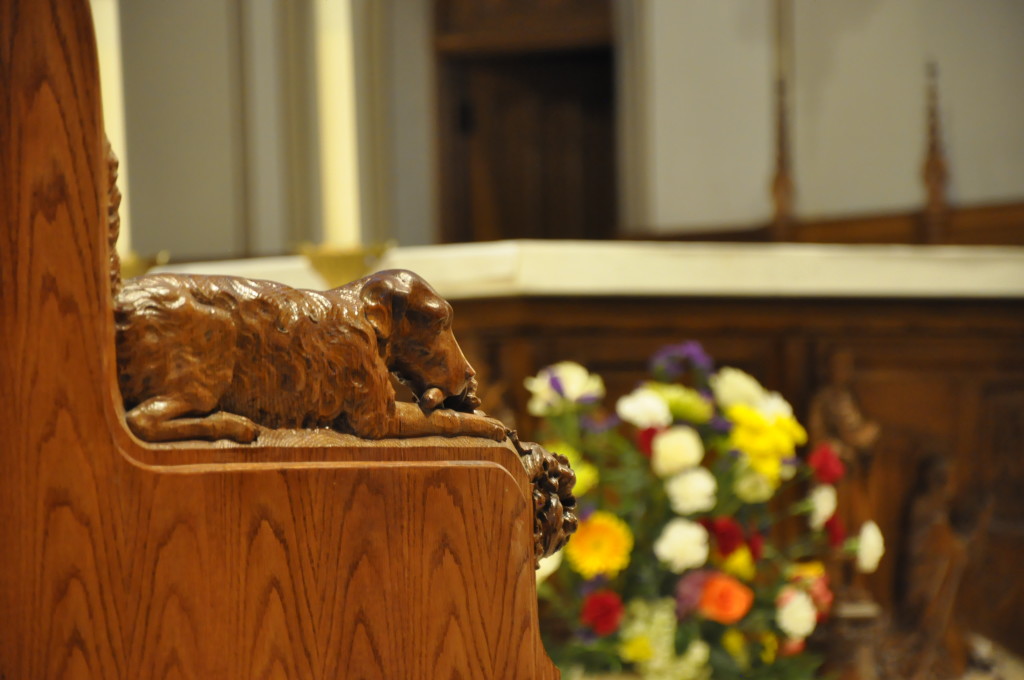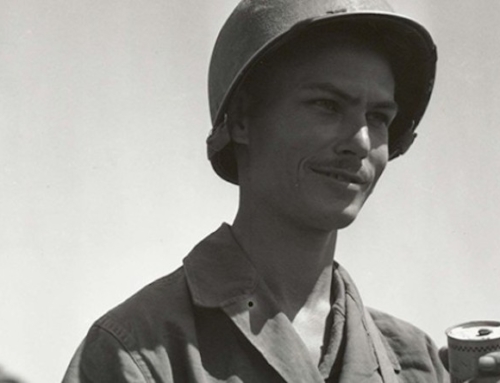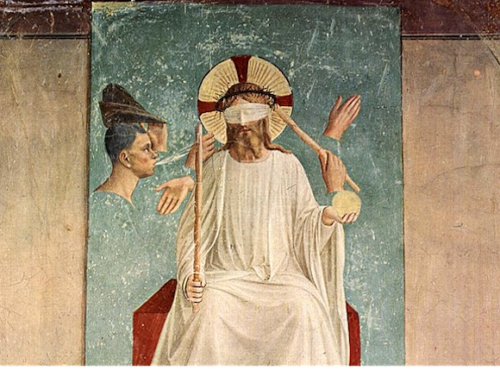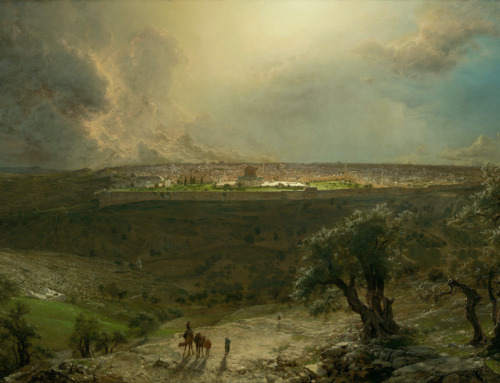Kevin Vost, Hounds of the Lord: Great Dominican Saints Every Catholic Should Know. Manchester, NH: Sophia, 2015.
In his opening letter for the jubilee year of the Order of Preachers, Fr. Bruno Cadoré, Master of the Order, celebrates the life of St. Dominic and calls upon his sons and daughters to imitate their founder’s zeal, innovation, service to the Church, and contemplative spirit. The 800th anniversary of the founding of the Order is also an opportunity for the universal Church to acknowledge the great gifts God has bestowed upon her through the Dominican Order and its many saints. Yet the friars have always been humble in promoting their saints—compare the throngs at St. Francis’ basilica in Assisi with the more reserved atmosphere of St. Dominic’s basilica in Bologna. Moreover, many of the Order’s gifts to the Church, such as the rosary and the theology of St. Thomas Aquinas, have become so ubiquitous that their origin has largely been forgotten. Kevin Vost’s Hounds of the Lord: Great Dominican Saints Every Catholic Should Know, written by a layman for laymen, tries to conquer this ignorance and communicate to a wide audience “a taste of that glorious and joyful spirit that [the Dominicans] have for so long and so willingly shared” (5).
Educated by Dominican sisters in his youth, Vost later trained as a psychologist and joined the Lay Confraternity of St. Dominic. In addition to teaching as a professor, he has written and spoken extensively on catechetics, apologetics, and spirituality from his unique philosophical and psychological background. His recent works, including St. Albert the Great: Champion of Faith and Reason and The One Minute Aquinas, have sought to disseminate medieval wisdom and show its continuing relevance. Occasioned by the 800th anniversary of the Order of Preachers, Hounds of the Lord recounts not only the thoughts of great Dominicans but also something of how they lived. Yet Vost is not interested in biographical detail merely for its own sake—he is quick to draw attention to the practical lessons readers may apply to their own lives. Because of this emphasis on applicability, the book is less a collection of biographies than an extended meditation on the Dominican spirit as manifested in the lives of the Order’s most notable members.
Since there are so many Dominican saints and blesseds—Sr. Mary Jean Dorcy’s biographical compendium St. Dominic’s Family, written more than five decades and countless canonizations ago, runs over 600 pages—Vost limits himself to nine great Dominicans and devotes considerable attention to each. St. Dominic himself, Bl. Humbert of Romans, Bl. Fra Angelico, St. Albert the Great, St. Thomas Aquinas, St. Catherine of Siena, St. Martin de Porres, St. Rose of Lima, and Bl. Pier Giorgio Frassati each receive a chapter. Each chapter also has a theme drawn from the Dominican’s life, such as “The Fragrant Love Born of Suffering” for St. Rose of Lima, which is used to show his or her continued relevance. Appended to each chapter is a brief biographical sketch of another notable Dominican that is in some way related to the subject. Thus, the chapter on Bl. Pier Giorgio Frassati emphasizes the unlikeliness of his finding sanctity in everyday life and is followed by a brief essay on Mother Mary Alphonsa Hawthorne, the daughter of famed Protestant author Nathaniel Hawthorne—against all expectations, she converted to Catholicism and founded a congregation to care for those dying of cancer. The Dominican Order embraces diverse forms of life: clerical and cooperator friars, cloistered nuns, active sisters, priestly confraternities, and lay confraternities. Between the subjects of each chapter and the subjects of the brief historical snapshots, Vost does an admirable job showing the sheer breadth of the Order of Preachers.
Within each chapter, Vost breezily interweaves each figure’s life, legends, legacy, and lessons, often using comparisons to other figures and modern anecdotes. After a brief biographical sketch and argument for continued relevance, he considers each Dominican under the aspects of doer, thinker, and lover. Although he broadly categorizes each saint and blessed, he is careful not to make too sharp a dichotomy and shows how even so apostolic a man as St. Dominic thought deeply and loved ardently. Along the way, Vost fleshes out each skeletal biography and even manages to include a crash-course in popular Thomism. By employing anecdotes where they will be most rhetorically effective rather than always following a chronological narrative, Vost reveals his true intent: to highlight the virtues of the saints and “to show us yet more ways to know God more clearly, love him more dearly, and follow him more nearly” (13). Still, his discussion of each figure is well-researched and rooted in history. Though not as heavily footnoted as a more scholarly work like Marie-Humbert Vicaire’s landmark Saint Dominic and His Times, each chapter includes citations from important historical sources and useful modern reflections. Both because of its nature (a practical book imparting relevant life-lessons) and its scope (the breadth of the Dominican Order), each chapter of Hounds of the Lord can offer but a cursory historical, intellectual, and spiritual biography of its subject. Vost acknowledges this deficiency and expresses in his conclusion the hope that he has “whetted your appetite to dig deeper into the lives and lessons of these and other saints and blesseds who lived in the joyous Dominican way” (230).
The work of the biographer has often been compared to that of a portraitist: both use artifice to capture, preserve, and transmit not only a subject’s appearance but also some inner quality. If so, Vost’s writing shares a certain kinship with the pointillists. Rather than offer a sweeping narrative, he juxtaposes historical vignettes and personal reflections, conveying the spirit of each figure and allowing the reader to construct the portrait himself. Similarly, he does not offer a simple definition of the spirit of the Dominican Order. Rather, he arranges some of its greatest figures, draws attention to the many different aspects of life within the Order, and encourages the reader to apprehend its shape for himself.
To download a printable PDF of this Article from
Dominicana Journal, Summer 2016, Vol. LIX, No. 1, CLICK HERE.







